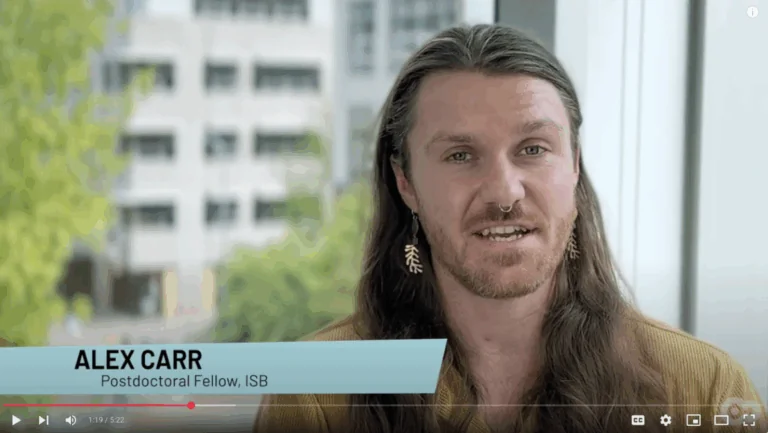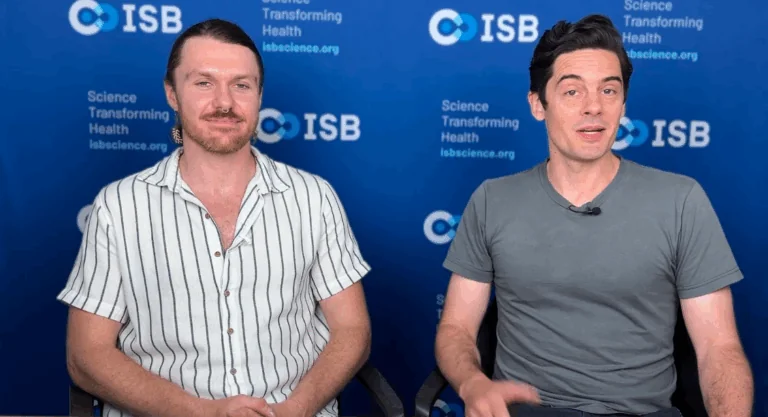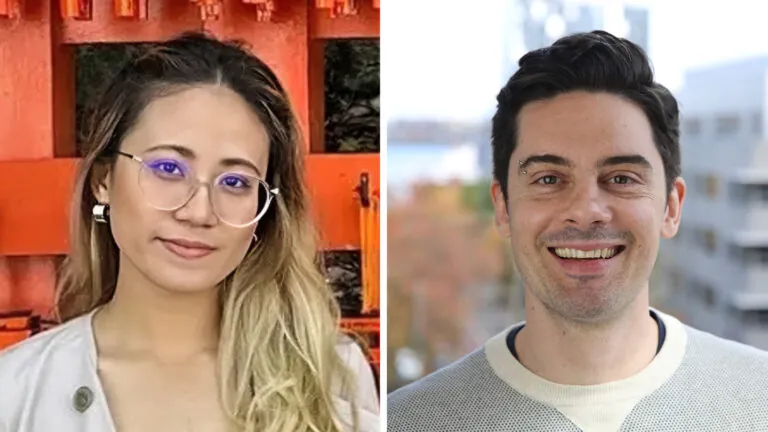ISB Creates Algorithms To Accelerate Discovery of Efficacious Treatments for Tuberculosis
Tuberculosis (TB) is the world’s second leading infectious disease killer after COVID-19. Drug resistance to TB is a public health crisis. ISB researchers have developed algorithms to predict the efficacy of drugs in treating Mycobacterium tuberculosis (MTB), the causative agent for TB. These research findings were published in the journal Cell Reports Methods.


Tuberculosis (TB) is the world’s second leading infectious disease killer after COVID-19. One-and-a-half million people died of the disease in 2020, there are cases in every country and age group, and drug resistance to TB is a public health crisis.
Researchers from ISB’s Baliga Lab have developed algorithms to predict the efficacy of drugs in treating Mycobacterium tuberculosis (MTB), the causative agent for TB. These research findings were published in the journal Cell Reports Methods.
Within the lung granulomas of infected patients, MTB exists in varied states, each with different drug susceptibilities. This makes clearing the pathogen extremely challenging with a single antimicrobial drug, and necessitates the use of multiple drugs to treat TB. Even with a six-month treatment course with four drugs, 5 percent of TB patients relapse.
Moreover, antimicrobial resistance is on the rise, and some strains of MTB are capable of resisting treatment with all drugs. This underscores the urgent need to find new and effective drugs that can act synergistically when used together.
Making this even more challenging is MTB itself – a slow growing pathogen that needs to be handled in a high containment biosafety level 3 facility. For this reason, assaying the susceptibility of the varied states of MTB to large numbers of drugs and an exponentially larger number of combinations is time consuming and expensive.
“Bacterial infections and drug resistance are some of the biggest concerns to global health. I believe that the methodologies we developed in this paper are the need for the hour. They can reduce the cost and time it takes to identify efficacious therapies against tuberculosis,” said Dr. Vivek Srinivas, lead author of the paper. “It was exciting to contribute to this project and I am looking forward to seeing how this research will advance drug discovery efforts against TB,” he added.
The DRonA (drug response assayer) algorithm uses a transcriptional signature of the pathogen that can be generated with an inexpensive test to evaluate if a drug is effective in killing MTB. The DRonA approach to assess treatment efficacy is significantly faster and cheaper as compared to bacteriologic assays, which are also less sensitive at detecting pathogen cells that are in some “hidden” states. Furthermore, MLSynergy builds on DRonA assessment of individual drug effects from just a few hundred experiments to rapidly identify effective two- and three-drug combinations from millions of possibilities. By contrast, current approaches to drug discovery that rely on bacteriological assays would require as many experiments as the number of possible combinations – an enormously expensive and time-consuming process.
“We believe the DRonA and MLSynergy algorithms can greatly increase the speed by which large numbers of drugs and drug combinations can be evaluated, which will ultimately provide safe, effective and timely therapies to patients,” said Dr. Eliza Peterson, co-corresponding author of the paper. “There is much yet to be done, but this groundwork is incredibly important and promising.”
There are several significant implications from this work:
- DRonA can be used to monitor treatment efficacy in TB patients, which could drive life saving decisions on changing treatment regimen at a much earlier stage.
- DRonA and MLSynergy could accelerate TB drug development while reducing cost, by both shortlisting effective drug combinations and enabling rapid assessment of treatment efficacy in pre-clinical models such as mouse and non-human primates.
- This platform can also be used to repurpose drugs that are FDA-approved for the treatment of other indications.
“This ML/AI based approach to drug-discovery has incredible potential to make the discovery of efficacious treatments for TB faster and affordable,” said Dr. Nitin Baliga, co-corresponding author. “This is especially important for finding cures for neglected diseases that afflict the world’s most underprivileged.”


